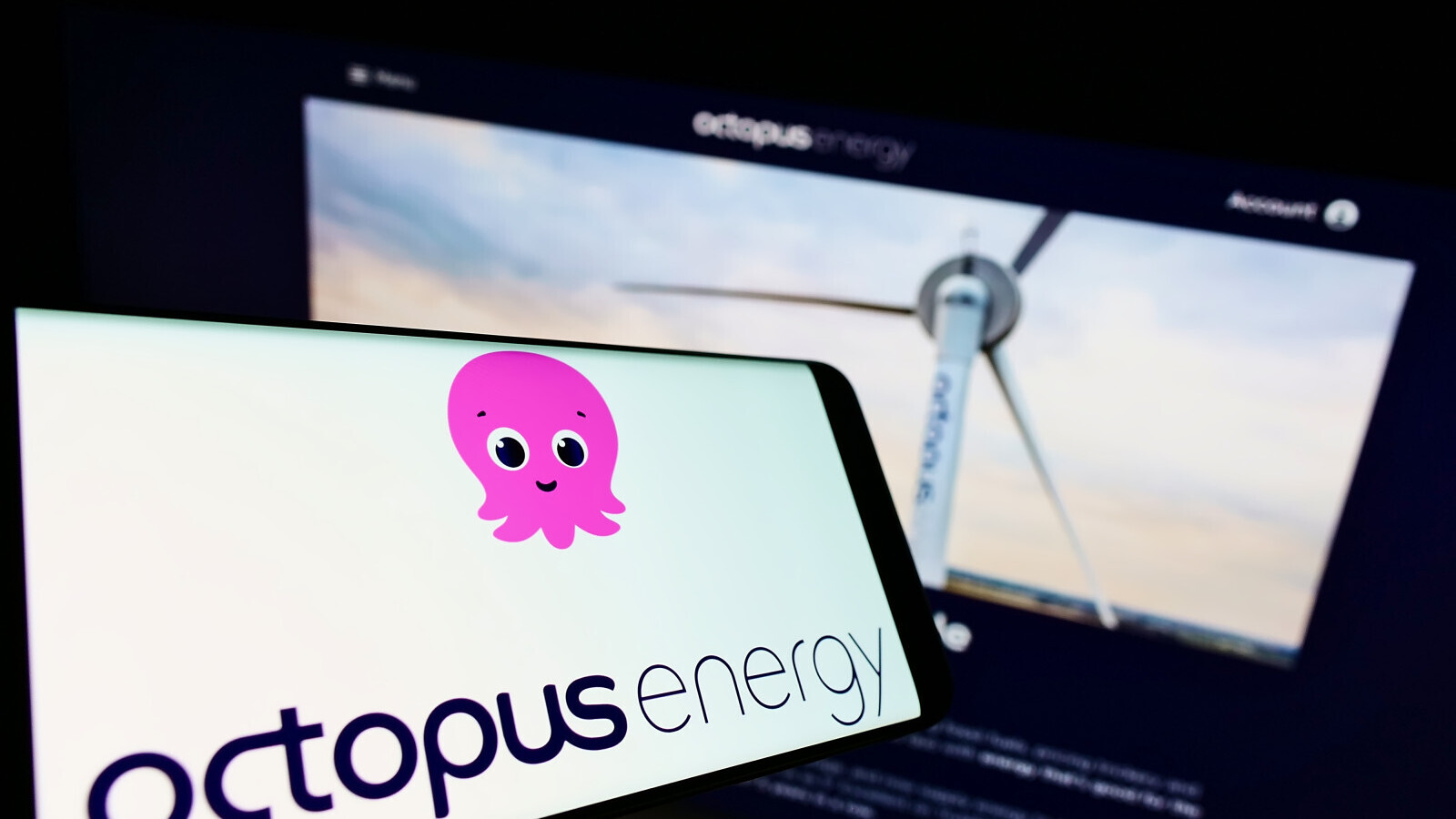
Financing net zero: asset owners’ challenge to scale climate investments
Addressing market failures and nurturing public-private collaboration while mobilising blended finance instruments could significantly scale net zero investment flows
Last year's COP27 has kept the momentum behind the 2015 Paris Agreement’s 1.5° Celsius target going, with a renewed push from the United States and European Union to strengthen countries’ commitments to phase out fossil fuels.
While the conference stopped short of agreeing to a final text that commits to phasing out the use of fossil fuels, the Sharm El-Sheikh Implementation Plan made clear that investments of at least $4 trillion to $6 trillion a year are required for the global economy to reach net zero.
That would come on top of the $4 trillion a year needed to expand renewable energy, which would represent a significant increase, given that the International Energy Agency (IEA) recently estimated that only $1.4 trillion was invested in clean energy projects in 2022, including $472 billion in renewable power.
Renewables investments
The amount of government funding to support innovative climate solutions and low-carbon fuels has been increasing over the past few years.
The EU dedicated more than €100 billion in financing and guarantee support across the EU Innovation Fund and InvestEU Fund, and even more fresh funding under the Connecting Europe Facility.
In the US, the Inflation Reduction Act committed more than $390 billion in loans, grants, and tax credits to support the transition, including funding to expand the Department of Energy Loan Programs Office’s lending capacity by approximately $100 billion.
However, a range of analysts and several think tanks have pointed out that different forms of public sector financing have different levels of effectiveness when it comes to mobilizing capital on the scale needed.
While direct subsidies can support nascent markets for green products, they may also have unintended consequences, potentially distorting competition across jurisdictions or preventing different climate technologies from competing on a level playing field.
To avoid those unintended consequences, the World Economic Forum (WEF) recently said investors should provide targeted support that addresses specific market failures and build capacity for large-scale public-private collaboration.
Contracts for difference (CfDs)
The fundamental science behind many climate solutions has existed for decades and been proven at various scales, the WEF wrote in a recent report.
However, the lack of deep commercial markets for green solutions today and the disproportionate premiums on those solutions compared with high-emission alternatives result in uncertainty around their long-term revenue outlook and too much risk for most investors.
This in turn means that financing is either not available for commercial-scale projects or interest rates required to compensate investors for the risk make them economically unattractive, the WEF argued.
"Contracts for difference provide the necessary long-term price stability needed to attract private investments into net zero."
Long-tenor contracts for difference (CfDs) have emerged as an important way for governments to reduce revenue risk: These contracts of 12 to 15 years essentially work by having one party pay the difference between a pre-agreed strike price and a reference price.
The reference price is typically the market price for a “high carbon” alternative, such as electricity generated from natural gas, while the strike price is set at a sufficiently high level to compensate producers for the green premium that they face today.
CfDs are increasingly deployed at scale.
For example, managed by the Low Carbon Contracts Company (LCCC) in the UK, they have supported projects that have produced more than 29 gigawatts (GW) of renewable energy generation capacity.
Electricity produced by these projects is estimated to have avoided 28 megatonnes of carbon dioxide (CO2) emissions to date.
In the Netherlands, the so-caLLED Renewable Energy Production Incentive Scheme (SDE+) was behind contracts worth more than €48M between 2012 and 2020.
The expanded program, SDE++ or SDE2, now also provides support for technologies that support low-carbon heating and the production of renewable fuels.
"CfDs provide the necessary long-term price stability needed to attract private investments into net zero," the WEF concluded recently.
Also read
Will the Swiss climate referendum spark institutional demand for transition assets?
Compared with approaches that provide a fixed amount of subsidy to producers, CfDs avoid “over-compensating” producers when market prices rise, as seen in the payments some renewable energy generators in the United Kingdom had to make to the LCCC when electricity prices rose above their strike price.
Targeted specifically at reducing revenue risk, CfDs can attract a wide pool of investors to invest in the climate solutions that they would otherwise shun, making more projects economically viable.
Blended finance instruments
Blended finance has often been brought up as an approach to crowd in the financing needed for high-risk projects that are based on innovative climate technologies.
This structuring approach allows governments to address the high real or perceived risks involved in these projects, and the relatively poor returns on those risks compared with other available investments.
By seeking both public and private investment on projects, governments can achieve a multiplier effect on their own investment, while private investors gain access to opportunities at a suitable risk-return profile.
A pair of examples can be seen in the EU.
The InvestEU Fund combines 13 financial instruments and the European Fund for Strategic Investments that existed between 2014 and 2020 into a single fund.
Through this, the European Commission has committed €26.2bn in guarantees on four “policy windows”, including one on sustainable infrastructure.
By reducing the credit risk, the EC expects to mobilize at least €372bn in public and private investments, more than 14 times the committed guarantees.
Between 2014 and 2020, the European Commission and European Investment Bank signed €31bn in financing for innovative businesses and projects in Europe through InnovFin.
In its current form, InnovFin can take on risks that private investors are unable to today, providing anywhere between €7.5m and €75m in funding per project and attracting investments for innovative first-of-a kind projects.
In addition, multilateral development banks (MDBs) can structure financing instruments to target specific project risks.
For example, MDBs can tie loan repayments to the successful construction and operation of a project and write off repayments if the project fails, transferring a significant portion of a project’s completion risk to the MDB. That then creates an investment opportunity that matches investors’ risk-return appetite.
Under InnovFin, the EIB used an innovative financing structure backed by EC funds to support a first-of-a-kind plant in Belgium that would convert the waste and byproducts from steel-making into ethanol.
Also read
With many investors keen to divest from fossil fuels, why is renewables’ momentum stalling?
While instruments like InvestEU and InnovFin can go a long way to de-risk climate technologies at different levels of maturity, they are not available at the scale needed to meet near-term goals for decarbonizing the industrial and mobility sectors, the WEF recently warned.
"More needs to be done to replicate these instruments, and adapt them to target-specific risks as the relevant technologies and market players mature," it wrote.
Blending funds
H2 Green Steel is a large-scale project in Sweden that promises to produce low-carbon steel. Its recent successful funding rounds show the importance of coordinating a complex set of stakeholders.
By sharing project risks among public sector, equity and strategic investors, the project secured the large amount of debt financing required. This investment group included more than 10 strategic investors that had agreements to either provide critical technology or purchase the low-carbon steel that would be produced by the project. At least six public sector agencies and four commercial banks provided loans, guarantees, and equity financing.
To help scale up these types of projects, blended-finance platforms built on a common framework can reduce coordination and transaction costs and allow various sets of public and private sector investors to collaborate in a structured manner.
Several of these platforms exist today, with varying scopes.
For example, Temasek and HSBC jointly launched a blended debt-financing platform called Pentagreen, in partnership with the Asian Development Bank and Clifford Capital. The platform will invest in marginally bankable sustainable infrastructure projects in Asia.
Climate Investor One, a blended finance facility that started in 2014, puts together concessionary funds from multiple public sector donors with capital from private investors to invest in renewable energy infrastructure in emerging markets.
It boasts a three-fund structure that targets different project stages and allows investors with different risk appetites to invest at the various levels of risk. It also reduces the transaction and structuring costs for projects as they are developed, constructed, and put into operation.
While how and where to use these platforms to address the wide range of challenges facing hard-to-abate business sectors is unclear, the WEF concluded recently that many investors believe the critical role the public sector can play in mobilizing capital to bolster climate technologies has been well-proven.
Also read
Room to Play: How stock market listing impacts Asia’s largest emitters




